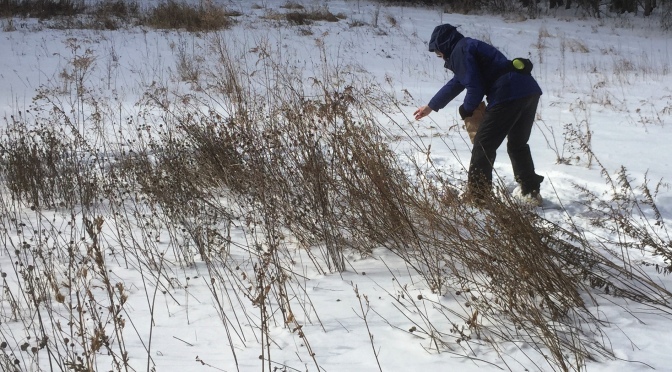By Barbara Walvoord
Originally published in the Lathrop Lamp Post for Nov. 16-22, 2019
In New England, everything wants to be a woods. Long ago, almost everything in New England WAS a woods. New England did not have the dry conditions, the sweeping fires, or the grazing buffalo that kept Midwest prairies open. New England prairies (we call them “meadows”) did exist, but they were transitory, caused by fire, beaver activity, or wind storms that killed trees. Then shrubs and trees turned the meadow back into woods, and a meadow opened up somewhere else.
Nowadays, if we want meadows, we generally have to keep them in one place, arresting their development by mowing or brush hogging, mimicking the grazing of buffalo.
So this fall, parts of our Lathrop meadows are being brush hogged. When we can, we brush hog only part of a meadow each year in rotation, so the critters have a place to run to, and at least some of Continue reading Buffalo or Brush Hog



